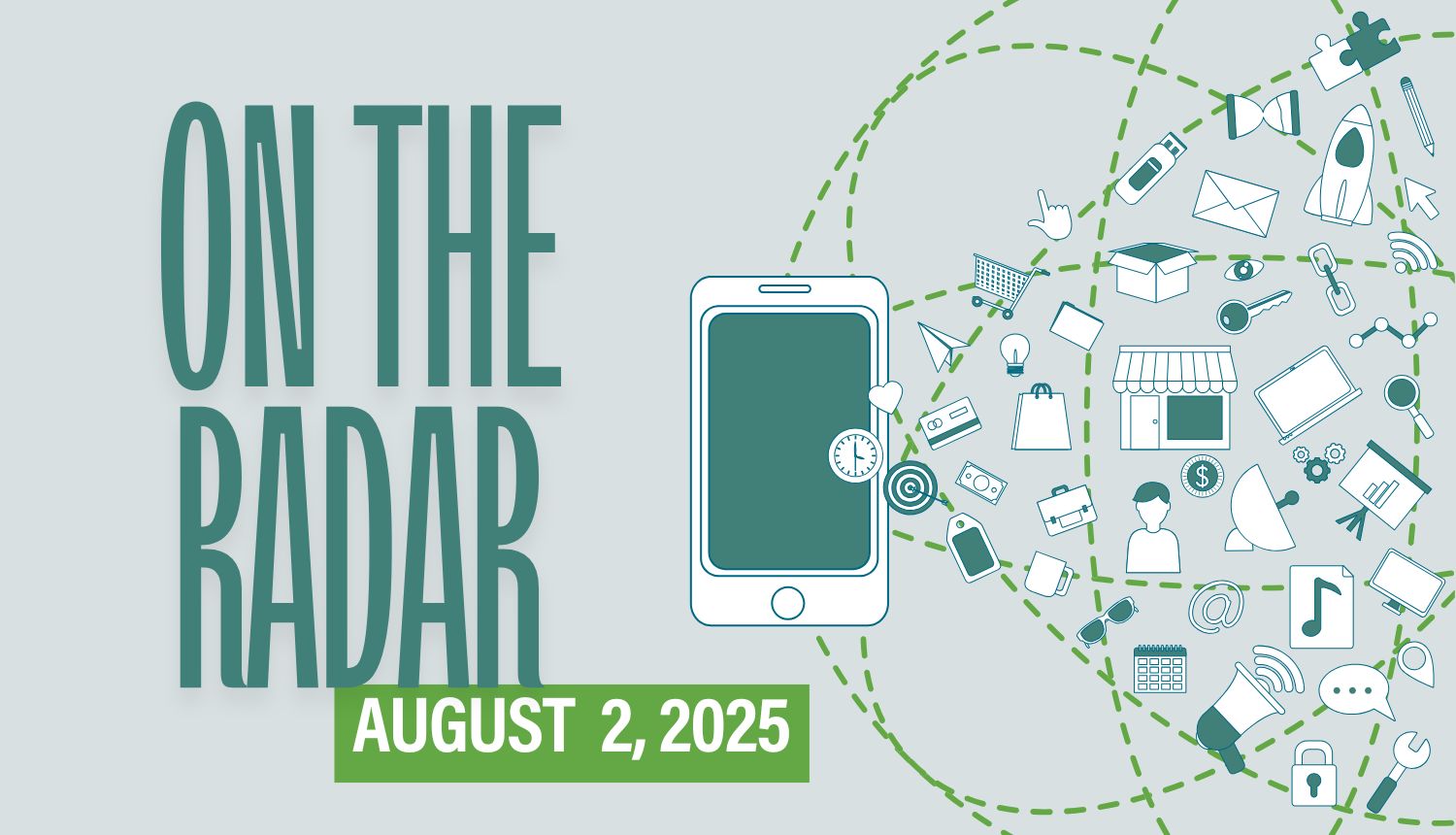‘Chat’ Could Indicate Your Child’s Desire to Be an Influencer
What? If you’ve heard your teens call their friends “Chat” lately, there’s no reason to worry. Chat is just a slang term referring to an audience or group of people, replacing Gen Z’s “bruh” and Millennials’ “dude.”
So What? Chat emerged from live-streaming features on social media platforms, wherein influencers address their viewers as “Chat” because of the live, ongoing commentary in the chat box. And while there’s no immediate cause for concern, it demonstrates just how much kids are influenced by what they’re seeing online.
Now What? Chat isn’t particularly disconcerting, but use of the term could hint at your child’s desire to be part of the online world of influencing. According to Parents, “86% of young Americans aspire to become an influencer.” So check in with your kids. Perhaps they’re just mimicking what they’re seeing. But maybe they’re trying to adapt their speech so they can be an influencer someday, too.
‘Clock It’ Has Concerning Pop Culture Roots
What? According to Parents, “The term ‘clock it’ is used to call out a hidden truth or expose someone’s real motive in a playful or knowing way. Kids typically say it while tapping their middle or index finger against their thumb, often with a hint of sass.”
So What? Evidently, “clock it” did not originate with teens or even with social media (though there is a viral video of Justin Bieber using the phrase, along with multiple uses of the f-word). No, “clock it” actually comes from drag and ballroom culture. But thanks to the popularity of shows like Ru Paul’s Drag Race, it has filtered its way into social media and teen slang.
Now What? If your teen is using “clock it,” they may or may not be aware of its origins. So if you’re uncomfortable with them using the term, talk to them about where it came from. Knowing the context may help your teen to reconsider their usage of it. And, of course, this also serves as a good reminder that exposure to the phrase on social media may lead them back to the original content, which might not be appropriate for them.
Teen Girls Adversely Affected by Digital Body-Shaming, Even When Directed Toward Others
What? We’ve known for a while now that body image-related cyberbullying is associated with body dissatisfaction and even unhealthy eating and exercise behaviors among teen girls—and teen boys, for that matter. However, a new study found that even seeing someone else body-shamed online can have similar effects.
So What? It’s one thing to address cyberbullying when it’s directed at your own kid. It’s something else entirely to address it when it might be directed at a celebrity or influencer that your child follows. But this issue might help parents foster some good conversations about what their teenagers are seeing online and how they might process it better.
Now What? Some parents may not be surprised by this information. I could certainly relate it to my own teenage experience. But having scientific evidence to support it may help empower parents (and their daughters) to fight against it. If your teenager sees someone getting cyberbullied, encourage them to report it; most social media platforms have built-in tools to flag comments or content like this. And if your teen has been vicariously affected by such content, try to reaffirm them. Our bodies, however they might look, are gifts from God (1 Corinthians 6:19). And we shouldn’t allow anyone to tell us otherwise.


